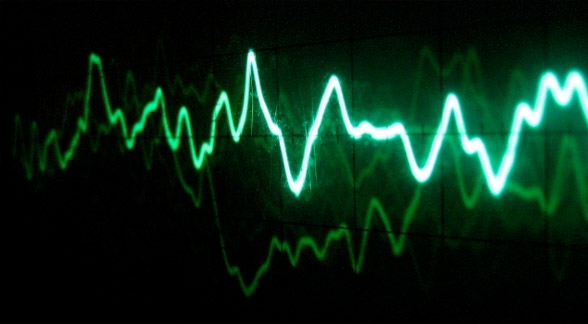Signal to Noise
The commonly acknowledged rule of thumb states that musicians need to spend 10,000 hours learning music and practicing their instrument (learning to sing counts too!). Then there’s the need to have some talent and the luck of hooking up with other equally talented and dedicated musicians. As a guitarist for over 40 years, I can attest to these simple requirements. Musicians practice playing scales, arpeggios, chord patterns, harmonized scales, intervals and copying riffs they’ve heard and liked from other musicians. They work endlessly on subtle dynamics changes and being able to accent a melodic line just right. And they listen very carefully to the underlying beat and know when to push ahead or lag behind for just the right feel. That’s what skilled musicians accept when they decide to learn to play.
Making it in music is NOT about auditioning for American Idol or The Voice!
Audio engineers have an entirely different mandate. Our job is much more than to record the sounds produced by musicians as accurately as possible. Sure that’s a large part of our responsibility. Without getting the music on some sort of recording device, there would be no other production steps. But there is a huge difference between the recordings done by one engineer and those of another. Why?
Many aspiring audio engineers think it’s the equipment. They believe that having the latest plug-ins or mic preamp will magically transform the sound of their tracks. I can assure you that having wonderful gear is nice but it doesn’t do anything by itself. Learning to use the latest plugin or knowing how to use a vintage signal processor takes practice and imagination.
Engineers have to be able to collaborate with producers and musicians to deliver the sound that they want. But just as directors and cinematographers have a “style” or visual palette that they deliver, engineers and producers have a “sound” or sonic palette. Think about T Bone Burnett and his work with Allison Krause or the soundtrack to “Oh, Brother Where Art Thou”. T Bone Burnett is a strong advocate for analog tape. He and his engineer spend hours in the studio getting their sound on a 2″ multichannel deck and then transfer that to digital later in the process.
Peter McGrath, a well-known audio engineer that specializes in classical music, usually uses only a few mikes and captures what might be called a “sonic documentary” of a particular musical event. The contrast between these two approaches couldn’t be greater and yet they both make successful records.
So listen and compare the sounds of different engineers, various delivery formats, styles of music and see if you gravitate towards a preferred sonic flavor. And remember to keep your mind and your ears open…you never know what you might discover.

